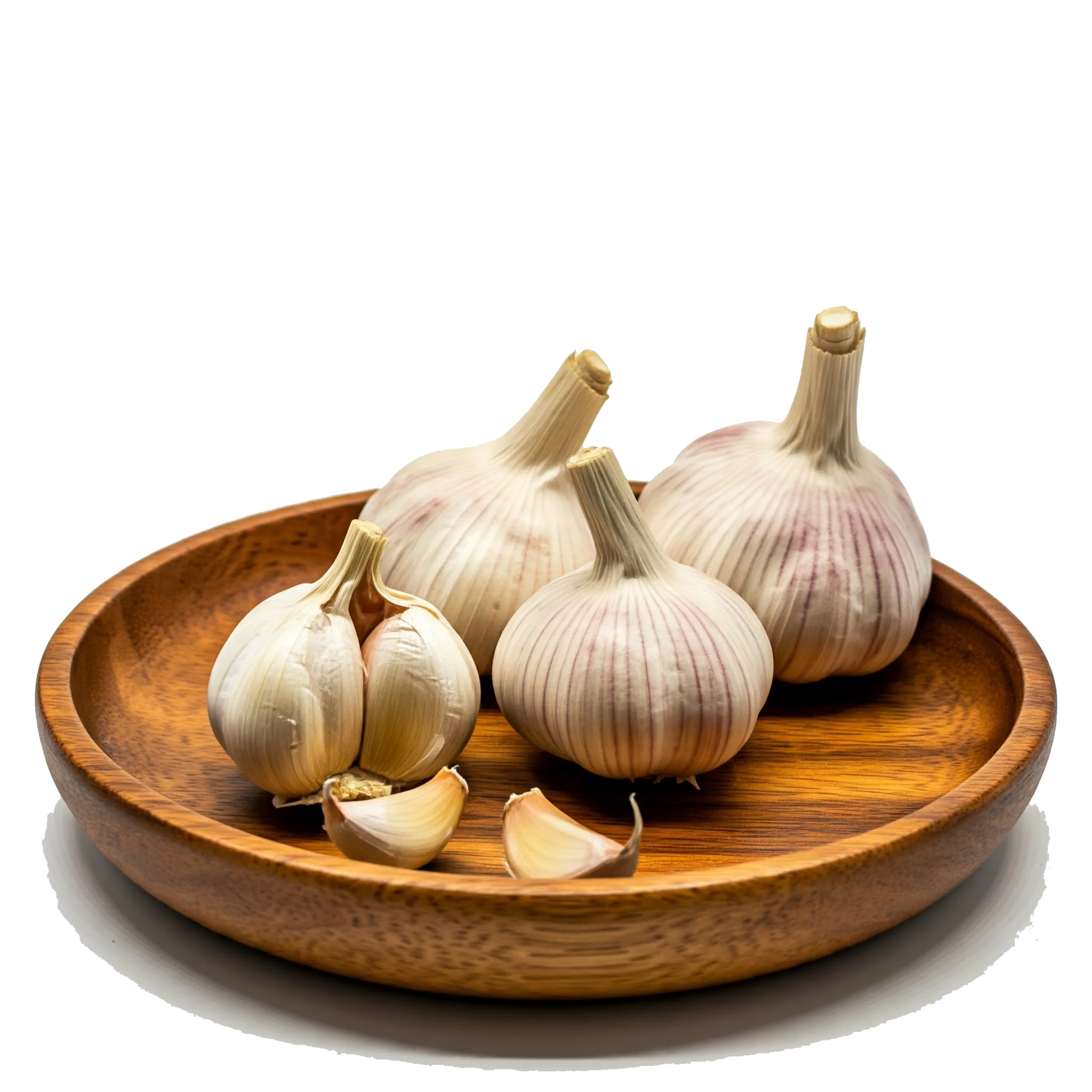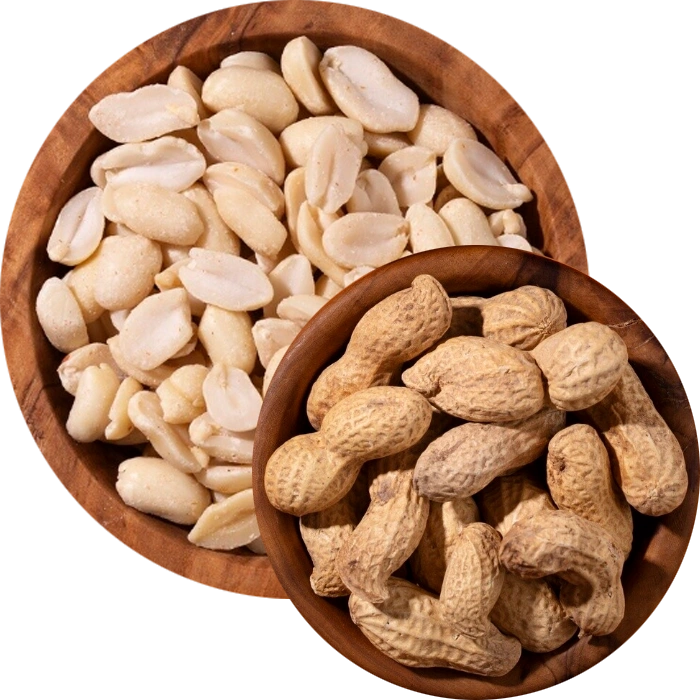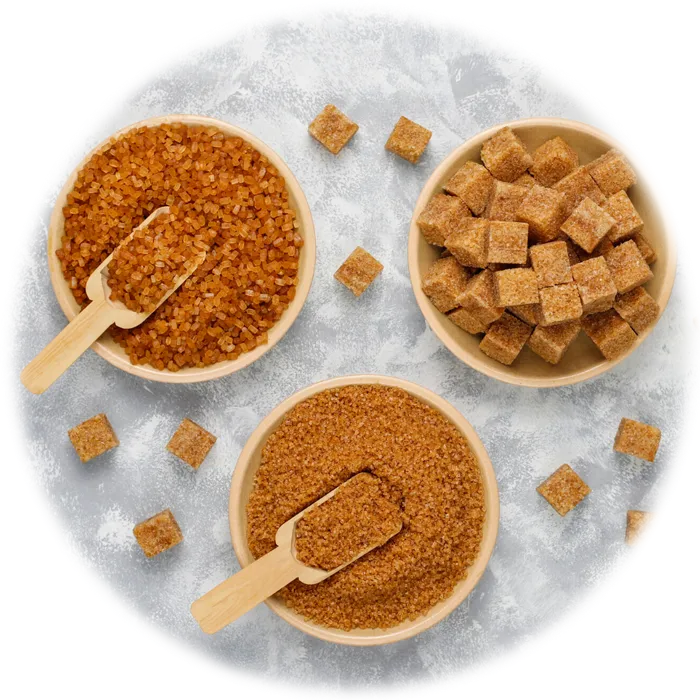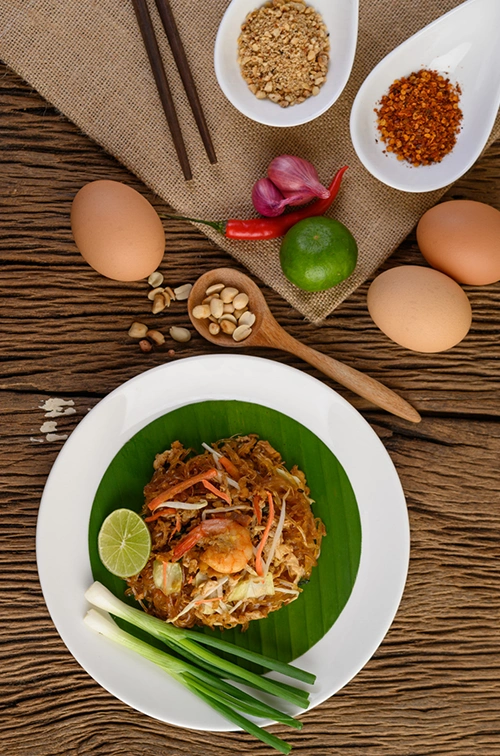

Top Health Benefits of Pad Thai with Shrimp You Need to Know
Pad Thai is a nutrient-rich dish that offers a balanced combination of macronutrients, especially when prepared with shrimp. It is particularly high in protein due to the inclusion of shrimp and eggs, which support muscle maintenance and satiety. The dish also contains moderate amounts of healthy fats from peanuts and cooking oil, as well as essential micronutrients like vitamin B12, iron, selenium, and omega-3s from the shrimp. The rice noodles provide a good source of quick energy through carbohydrates, while the addition of vegetables such as bean sprouts, green onions, and garlic enhances the fiber and antioxidant content. The lime juice contributes vitamin C, aiding in immune health and iron absorption. Overall, Pad Thai delivers a wholesome, satisfying meal with diverse nutritional benefits, especially when portion-controlled and not overloaded with added sugar or oil.
 Rice Noodles : 250 g
Rice Noodles : 250 g Shrimp : 300 g
Shrimp : 300 g Chicken Egg : 2 Piece
Chicken Egg : 2 Piece Green onions : 4 Piece
Green onions : 4 Piece mung bean sprouts : 1 Cup
mung bean sprouts : 1 Cup Garlic : 2 clove
Garlic : 2 clove Peanut : 4 Tablespoon
Peanut : 4 Tablespoon Lemon : 2 Piece
Lemon : 2 Piece Cooking Oil : 4 Tablespoon
Cooking Oil : 4 Tablespoon fish sauce : 4 Tablespoon
fish sauce : 4 Tablespoon Brown Sugar : 2 Tablespoon
Brown Sugar : 2 Tablespoon Tamarind paste : 2 Tablespoon
Tamarind paste : 2 Tablespoon Red Pepper : to taste
Red Pepper : to taste Carrot : 1 Piece
Carrot : 1 PieceRecipe :
For 4 people
Enjoy your flavorful homemade Pad Thai!
When preparing Pad Thai, it’s essential to balance flavors and textures to achieve an authentic result. One of the key steps is soaking the rice noodles just enough so they become pliable without becoming mushy—over-soaking can ruin the texture. Cooking should be done on high heat, ideally in a wok, to create that characteristic slight smokiness and caramelization known as “wok hei.” The sauce must strike a perfect harmony between sweet (palm sugar), sour (tamarind), salty (fish sauce), and umami (shrimp or tofu). Always prepare your ingredients in advance and cook quickly in stages to prevent overcooking, especially the eggs and shrimp. Toss the noodles gently to avoid clumping, and add garnishes like lime wedges, crushed peanuts, and bean sprouts right before serving for maximum freshness and crunch.

Pad Thai, in its traditional form, is not suitable for all dietary plans. It contains rice noodles which are high in carbohydrates, making it unsuitable for ketogenic and low-carb diets unless substituted with zoodles or shirataki noodles. The inclusion of fish sauce and shrimp makes it inappropriate for vegan and vegetarian diets unless plant-based alternatives like tofu and soy sauce are used. Due to added sugar and sodium in the sauce, individuals on strict DASH or diabetic diets should moderate their intake or adapt the recipe. However, Pad Thai can be a good fit for high-protein and pescatarian diets and may be included in low-calorie diets with reduced oil and portion control. It's not naturally gluten-free, but gluten-free tamari and rice noodles can make it compliant for those with celiac disease or gluten sensitivity. Careful customization allows Pad Thai to be enjoyed in a variety of health-conscious eating patterns.
...